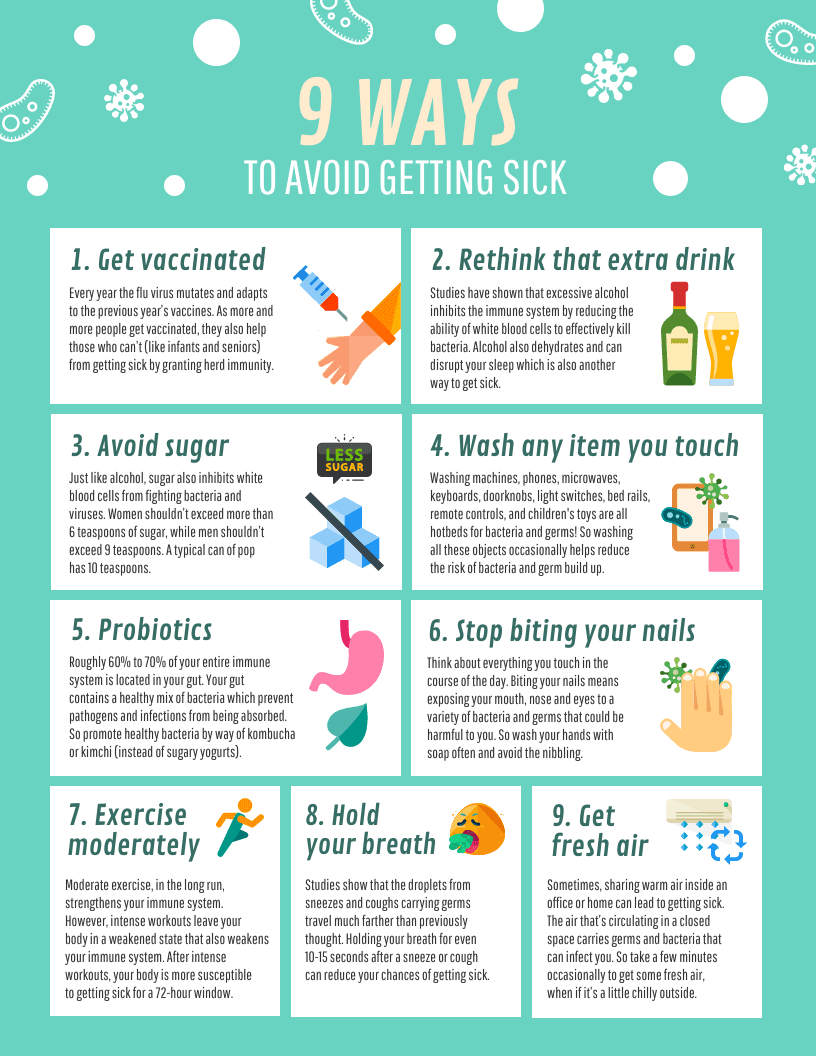Comparing Medical Care And Urgent Treatment: Determining When To Access Each Solution

Short Article By-Bergmann Holmgaard
When it pertains to your health and wellness, knowing whether to opt for health care or immediate treatment can be vital. Recognizing the distinctions in between these 2 services and identifying the particular scenarios where each lusters is vital for making educated choices regarding your clinical requirements. By realizing the nuances of primary care and urgent treatment, you can navigate the health care landscape better and ensure that you obtain the proper level of focus when seeking treatment.
Secret Differences Between Primary Care and Urgent Care
Wondering how primary care differs from immediate treatment and when to choose each? Let's break it down for you. Health care focuses on preventive care and handling total health and wellness. You visit a health care doctor for regular exams, vaccinations, testings, and recurring health concerns. Mental Health Services In Miami FL of care establishes a long-term connection with a healthcare provider that recognizes your case history and can assist you via numerous health and wellness concerns.
On the other hand, immediate care is for immediate medical requirements that arise all of a sudden. If you have a small injury or ailment that needs prompt attention but isn't deadly, urgent care centers are furnished to manage it. They use prolonged hours and walk-in consultations, making them practical for unexpected health and wellness problems that can not wait for a primary care visit.
Aspects to Consider Prior To Picking Treatment
Before choosing between primary care and urgent treatment, take into consideration reviewing the seriousness of your medical issue and the urgency of therapy required.
First, assess the seriousness of your signs. If you're experiencing light signs like an acute rhinitis, rash, or minor sprain, health care might appropriate. On the other hand, if you have serious signs such as upper body pain, difficulty breathing, severe allergic reactions, or deep cuts calling for immediate attention, urgent care is likely more appropriate.
Additionally, think about the moment of day and day of the week. Primary care clinics usually run throughout regular business hours, while urgent treatment facilities usually use extended hours and weekend schedule.
Another element to contemplate is price. Immediate treatment check outs are generally more costly than health care sees, so if price is an issue, primary care might be the extra affordable selection.
Understanding When to Look For Urgent Care
To figure out when to seek immediate treatment as opposed to medical care, assess the extent and necessity of your medical problem, focusing on signs and symptoms like chest pain, trouble breathing, extreme allergies, or deep cuts that require prompt focus.
If you experience sudden and severe upper body discomfort, specifically if it radiates to your arm or jaw, it can suggest a cardiac arrest, necessitating urgent medical analysis. Similarly, problem breathing, specifically if it comes on all of a sudden or is accompanied by chest rigidity or wheezing, may represent a severe respiratory trouble that calls for timely interest at an immediate treatment facility.
Extreme allergies, such as swelling of the face or throat, hives around the body, or difficulty ingesting, could indicate anaphylaxis, a serious problem that demands instant treatment. Deep cuts that are hemorrhaging a lot, gaping open, or revealing underlying cells ought to be examined at immediate care to avoid infection and make certain appropriate wound closure.
If you experience any of these symptoms, looking for immediate care promptly is vital for your wellness and wellness.
Final thought
Inevitably, recognizing the difference between medical care and immediate treatment is vital in ensuring you obtain the proper degree of medical focus for your demands.
By considering elements such as the intensity of signs, time constraints, and facility accessibility, you can make a notified choice on whether to look for routine treatment from a primary care provider or prompt interest from an urgent care facility.
Prioritizing your wellness and wellness starts with recognizing when to seek each service.

